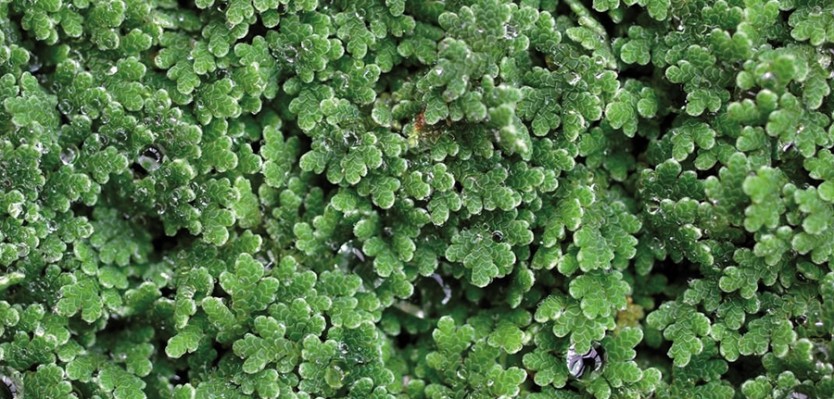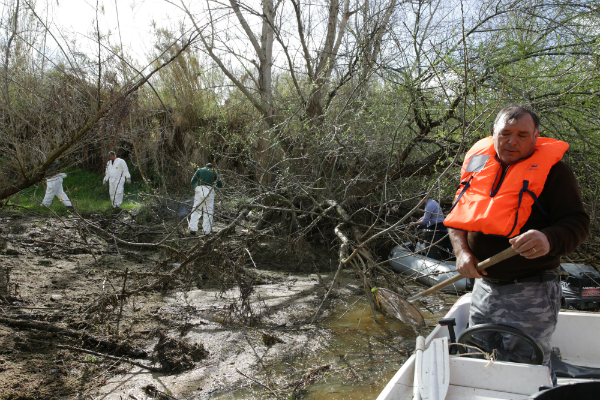
Last Friday, the Captaincy of the Port of Vila Real de Santo António withdrew around 350 kilos of azole from the Guadiana river, in an attempt to control the expansion of this invasive plant.
It was a "preventive measure", to "avoid the obstruction of the navigation channel and, consequently, interfere with the safety of navigation", explains the National Maritime Authority.
the appearance of Azolla filiculoides (azola) on the Oeiras stream, a tributary of the Guadiana, had been denounced at the beginning of the year by the Municipality of Mértola, which reported this fact to the Portuguese Environment Agency (APA), the entity responsible for the watercourse.
The Chamber asked the APA for the “urgent” removal of the weed plant. The Port Authority of Vila Real de Santo António was also alerted.
The Municipality of Mértola, in a press release released at the beginning of March, reported that, "with the rise of the waters, due to the rain felt in the last week, the invasive species moved to the Guadiana River".
 The operation to remove the azole, on March 16, had the support of an engineer from the Maritime Department of the South and took place in conjunction with the Municipality of Mértola and the Fire Department of Mértola.
The operation to remove the azole, on March 16, had the support of an engineer from the Maritime Department of the South and took place in conjunction with the Municipality of Mértola and the Fire Department of Mértola.
The Azolla filiculoides is an invasive species, as listed in Annex I of Decree-Law No. 565/99, of 21 December, which floats on the surface of the water, with a high growth rate.
It is a small annual freshwater fern, greenish, bluish or reddish in color, which develops on the surface, belonging to the family Salviniaceae. It is normally green in color, but under conditions of environmental stress, the dorsal lobe acquires a reddish color due to the presence of pigments (anthocyanins) in the leaves.
Under favorable conditions (high temperature, low flow and availability of nutrients, mainly phosphorus), they multiply rapidly, giving rise to typically reddish-green colored mats that cover the surface of the water.
 These azole mats, in addition to being a hazard and an obstacle to navigation, also cause problems of water eutrophication.
These azole mats, in addition to being a hazard and an obstacle to navigation, also cause problems of water eutrophication.


















Comments